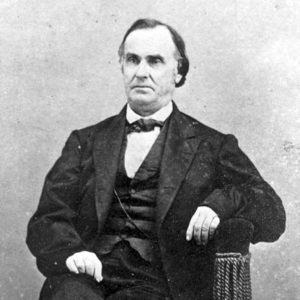 David Walker
David Walker
Time Period: Civil War through Reconstruction (1861 - 1874)
 David Walker
David Walker
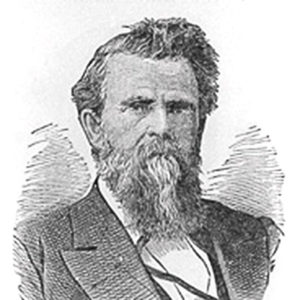 James D. Walker
James D. Walker
 Lucius Walker
Lucius Walker
Walker, Lucius Marshall (Marsh)
Wallace’s Ferry, Action at
aka: Action at Big Creek
War of the Rebellion [Book Series]
 George Cabot Ward
George Cabot Ward
Ward, John [Medal of Honor Recipient]
 MaryWard
MaryWard
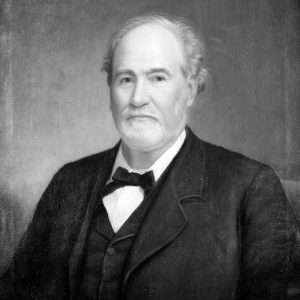 Zeb Ward
Zeb Ward
 E. A. Warren
E. A. Warren
Washington and Benton County Expedition
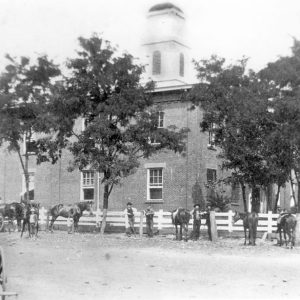 Old Washington County Courthouse
Old Washington County Courthouse
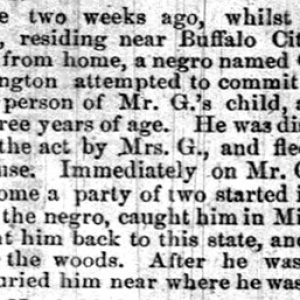 Washington Lynching Article
Washington Lynching Article
Washington, George (Lynching of)
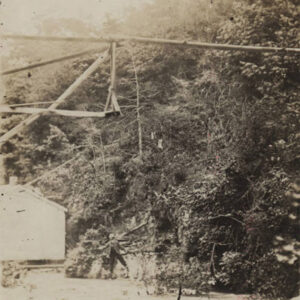 Water Troughs
Water Troughs
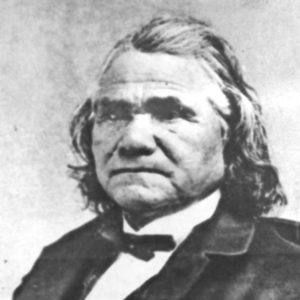 Stand Watie
Stand Watie
Watie, Stand
Watkins, William (Execution of)
 William Watkins Execution Story
William Watkins Execution Story
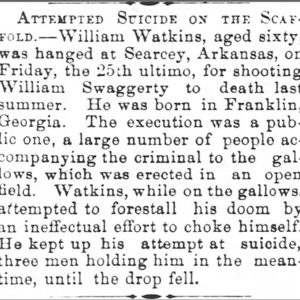 William Watkins Execution Story
William Watkins Execution Story
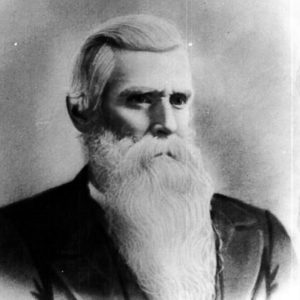 William W. Watkins
William W. Watkins
Watson, Patrick Samuel Gideon
Waugh’s Farm, Skirmish at
Weather in the Civil War
Weaver, Emily
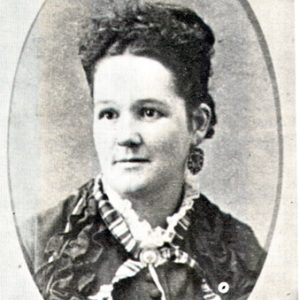 Emily Weaver
Emily Weaver
 Omer Rose Weaver
Omer Rose Weaver
Welch, Thomas Rice
 Thomas Rice Welch
Thomas Rice Welch
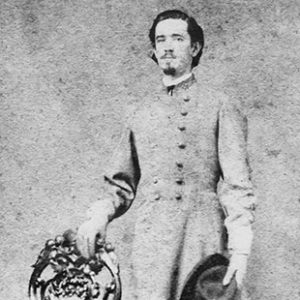 George W. Wells
George W. Wells
Wesley Chapel
 West Point Memorial
West Point Memorial
West Point, Engagement at
aka: Little Red River Raid
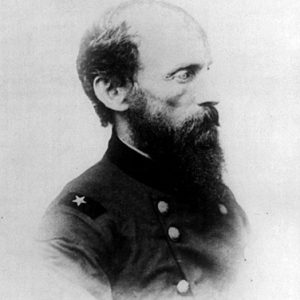 Joseph West
Joseph West
Wheeler, Henry
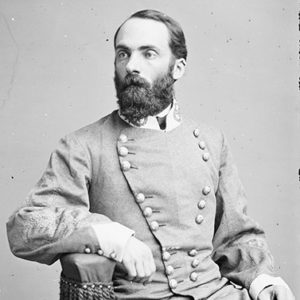 Joseph Wheeler
Joseph Wheeler
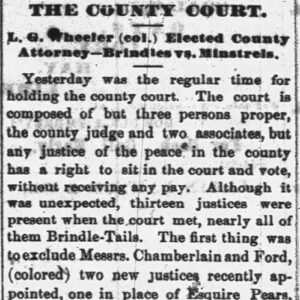 L. G. Wheeler Election Story
L. G. Wheeler Election Story




